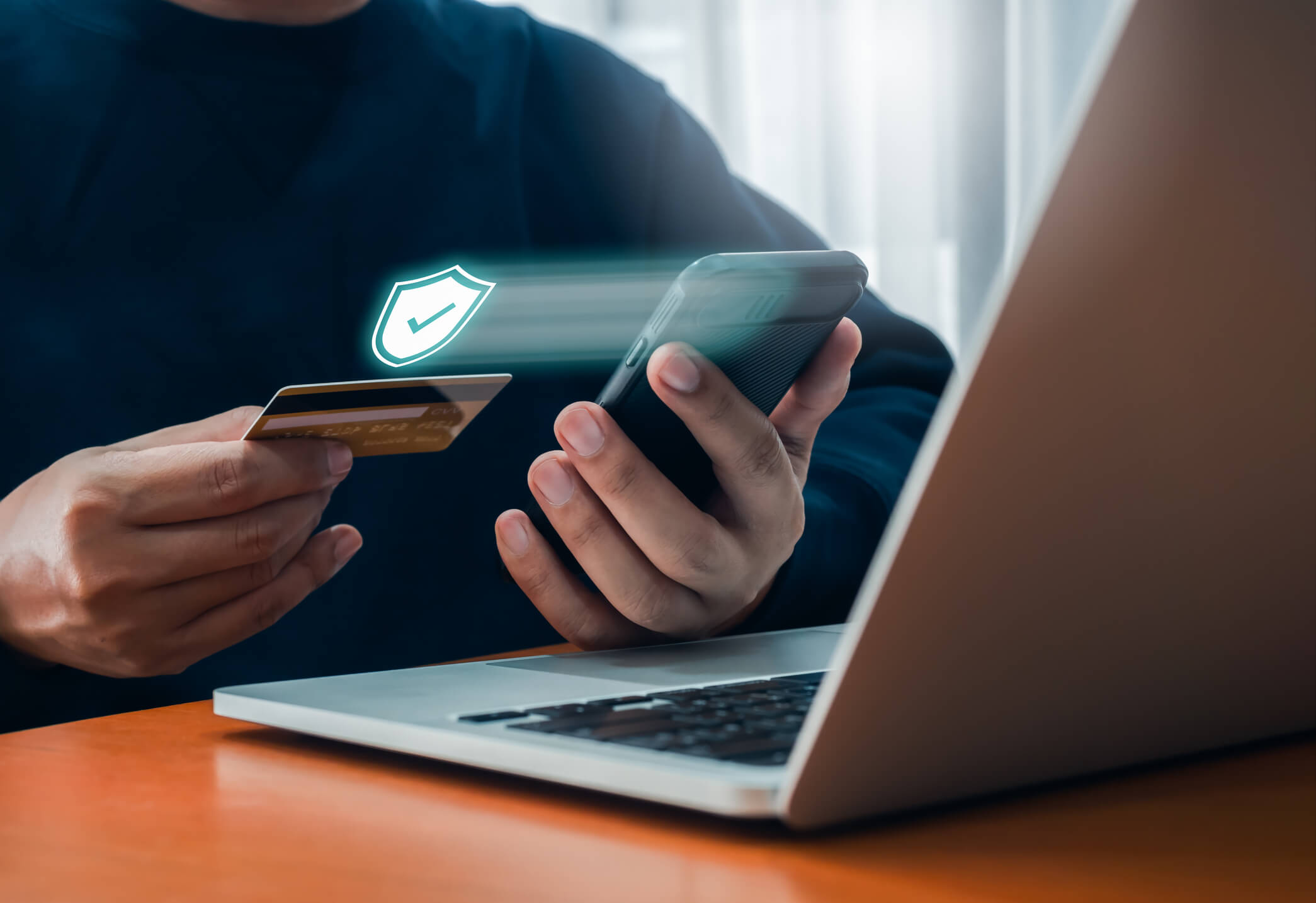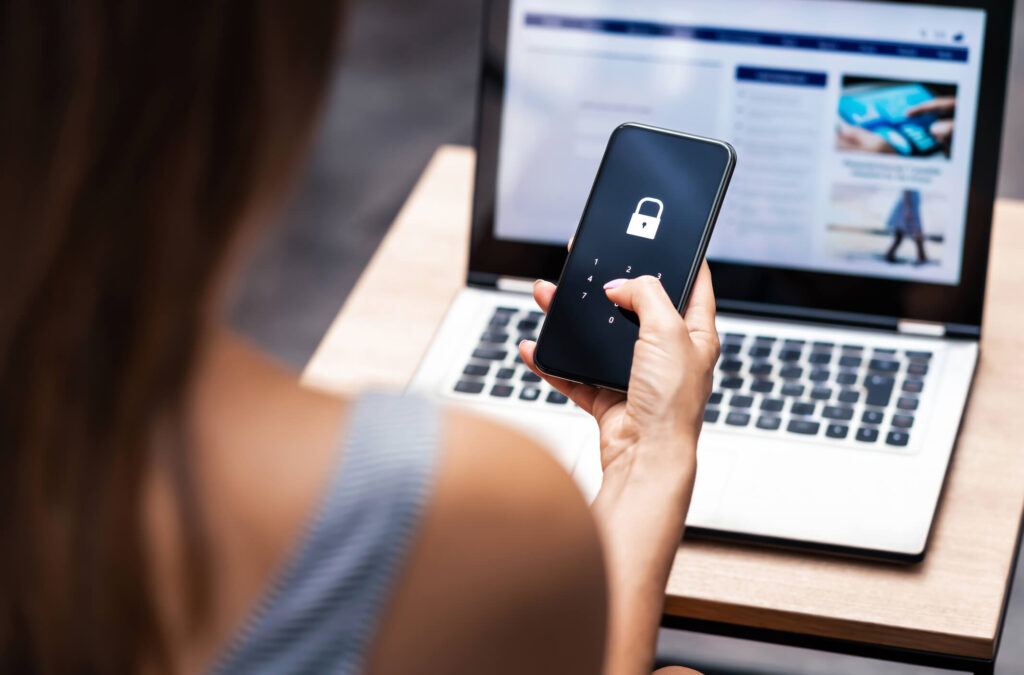
By Harriet Forster July 31, 2024
In today’s digital age, where online transactions have become the norm, it is crucial to protect sensitive information such as CVV codes from fraudsters. CVV codes, also known as Card Verification Value codes, are three or four-digit numbers printed on credit and debit cards. These codes act as an additional layer of security, ensuring that the person making the transaction possesses the physical card. However, fraudsters have devised various methods to steal CVV codes and exploit them for fraudulent activities.
In this comprehensive guide, we will explore the importance of CVV codes, common methods used by fraudsters to steal them, best practices to safeguard CVV codes, advanced techniques for protection, and address frequently asked questions.
Understanding CVV Codes and Their Importance
CVV codes are an essential component of credit and debit cards, providing an additional layer of security during online transactions. These codes are typically located on the back of the card, near the signature panel. While CVV codes are not embedded in the magnetic stripe or chip of the card, they are required for online transactions where the card is not physically present.
What is a CVV Code?
A CVV code, also known as a Card Verification Value code, is a three or four-digit number printed on credit and debit cards. It is used as a security measure to verify that the person making the transaction possesses the physical card. CVV codes are not stored in the card’s magnetic stripe or chip, making them difficult to obtain without physical access to the card.
Why are CVV Codes Important?
CVV codes play a crucial role in preventing fraudulent transactions. They act as an additional layer of security, ensuring that the person making the transaction has the physical card in their possession. Without the CVV code, it becomes significantly more challenging for fraudsters to use stolen card information for unauthorized purchases.
Common Methods Used by Fraudsters to Steal CVV Codes
Fraudsters employ various techniques to steal CVV codes and exploit them for fraudulent activities. Understanding these methods can help individuals protect themselves from falling victim to such scams.
Phishing Attacks and Fake Websites

Phishing attacks involve fraudsters posing as legitimate entities, such as banks or online retailers, to trick individuals into revealing their sensitive information, including CVV codes. They often send deceptive emails or create fake websites that closely resemble the legitimate ones. Unsuspecting victims may unknowingly provide their CVV codes, thinking they are interacting with a trusted source.
To protect yourself from phishing attacks and fake websites, it is essential to be cautious and follow these best practices:
- Be skeptical of unsolicited emails: Avoid clicking on links or downloading attachments from emails that appear suspicious or ask for personal information.
- Verify website authenticity: Before entering any sensitive information, ensure that the website is secure and legitimate. Look for HTTPS in the URL and check for security seals or trust marks.
- Do not provide personal information through email: Legitimate organizations will never ask for sensitive information, such as CVV codes, via email. Avoid sharing such details through email or other unsecured channels.
Skimming Devices and Card Cloning
Skimming devices are used by fraudsters to capture card information, including CVV codes, when individuals use their cards at compromised ATMs or payment terminals. These devices are often discreetly installed and can read the magnetic stripe or chip of the card, allowing fraudsters to clone the card and use it for unauthorized transactions.
To protect yourself from skimming devices and card cloning, consider the following precautions:
- Inspect ATMs and payment terminals: Before using an ATM or payment terminal, check for any suspicious devices or loose parts. If anything seems out of place, avoid using the machine and report it to the relevant authorities.
- Cover your PIN: When entering your PIN at an ATM or payment terminal, shield the keypad with your hand or body to prevent anyone from observing or recording it.
- Use secure ATMs and payment terminals: Whenever possible, use ATMs and payment terminals located in well-lit, high-traffic areas. These are less likely to be compromised by fraudsters.
Malware and Keyloggers
Malware and keyloggers are malicious software programs that can infect computers or mobile devices, allowing fraudsters to capture keystrokes and steal sensitive information, including CVV codes. These programs can be unknowingly downloaded through infected websites, email attachments, or malicious links.
To protect yourself from malware and keyloggers, follow these best practices:
- Install reputable antivirus software: Use trusted antivirus software and keep it up to date to detect and remove any malware or keyloggers on your devices.
- Be cautious of suspicious downloads and links: Avoid downloading files or clicking on links from untrusted sources. Verify the authenticity of websites before entering any sensitive information.
- Regularly update your operating system and applications: Keep your devices’ operating systems and applications updated with the latest security patches to minimize vulnerabilities that can be exploited by malware.
Best Practices to Protect Your CVV Code from Fraud
While understanding the common methods used by fraudsters is crucial, implementing best practices to safeguard CVV codes is equally important. By following these practices, individuals can significantly reduce the risk of CVV code theft and fraudulent transactions.
Keep Your CVV Code Confidential
One of the most fundamental practices to protect your CVV code is to keep it confidential. Never share your CVV code with anyone, including friends, family members, or customer service representatives. Legitimate organizations will never ask for your CVV code, so be cautious of anyone requesting it.
Be Cautious of Suspicious Emails and Websites
As mentioned earlier, phishing attacks and fake websites are common methods used by fraudsters to steal CVV codes. To protect yourself, be cautious of unsolicited emails and avoid clicking on suspicious links or downloading attachments. Verify the authenticity of websites before entering any sensitive information.
Regularly Monitor Your Financial Statements
Regularly monitoring your financial statements is essential to detect any unauthorized transactions promptly. Review your credit card and bank statements regularly, either online or through paper statements, and report any suspicious activity to your financial institution immediately.
Use Secure Payment Gateways
When making online transactions, ensure that you are using secure payment gateways. Look for trusted payment options such as PayPal or reputable third-party payment processors. These gateways often provide an additional layer of security and encryption to protect your CVV code and other sensitive information.
Advanced Techniques to Protect CVV Codes
In addition to the best practices mentioned above, there are advanced techniques that individuals can employ to enhance the protection of their CVV codes.
Two-Factor Authentication

Two-factor authentication (2FA) adds an extra layer of security to online accounts by requiring users to provide two forms of identification. This can include something they know (such as a password) and something they have (such as a unique code sent to their mobile device). By enabling 2FA, even if fraudsters manage to obtain your CVV code, they would still need the second form of identification to access your account.
Virtual Credit Cards
Virtual credit cards are temporary, randomly generated card numbers that can be used for online transactions. These cards are linked to your actual credit card but provide an additional layer of security as they do not reveal your CVV code. Virtual credit cards are particularly useful for one-time or infrequent online purchases, reducing the risk of CVV code theft.
Biometric Authentication
Biometric authentication, such as fingerprint or facial recognition, is becoming increasingly popular as a secure method of verifying identity. By using biometric authentication, individuals can add an extra layer of security to their devices and online accounts, making it more challenging for fraudsters to access their CVV codes.
Frequently Asked Questions (FAQs)
Q.1: Can I share my CVV code with anyone?
No, you should never share your CVV code with anyone. Legitimate organizations will never ask for your CVV code, so be cautious of anyone requesting it. Keeping your CVV code confidential is crucial to protect yourself from fraud.
Q.2: How can I identify a phishing website?
Phishing websites often closely resemble legitimate websites, making it challenging to identify them. However, there are some signs to look out for. Check the website’s URL for HTTPS, which indicates a secure connection. Look for security seals or trust marks on the website. Be cautious of websites that ask for personal information, especially CVV codes, through email or unsecured channels.
Q.3: Are virtual credit cards safe to use?
Yes, virtual credit cards are generally safe to use. They provide an additional layer of security by generating temporary card numbers that are not linked to your actual credit card. This reduces the risk of CVV code theft and unauthorized transactions. However, it is essential to choose reputable virtual credit card providers and follow their recommended security practices.
Conclusion
Protecting CVV codes from fraud is of utmost importance in today’s digital world. By understanding the significance of CVV codes, common methods used by fraudsters to steal them, and implementing best practices and advanced techniques, individuals can significantly reduce the risk of CVV code theft and fraudulent transactions. Remember to keep your CVV code confidential, be cautious of suspicious emails and websites, regularly monitor your financial statements, and use secure payment gateways. By following these guidelines, you can safeguard your CVV codes and enjoy secure online transactions.